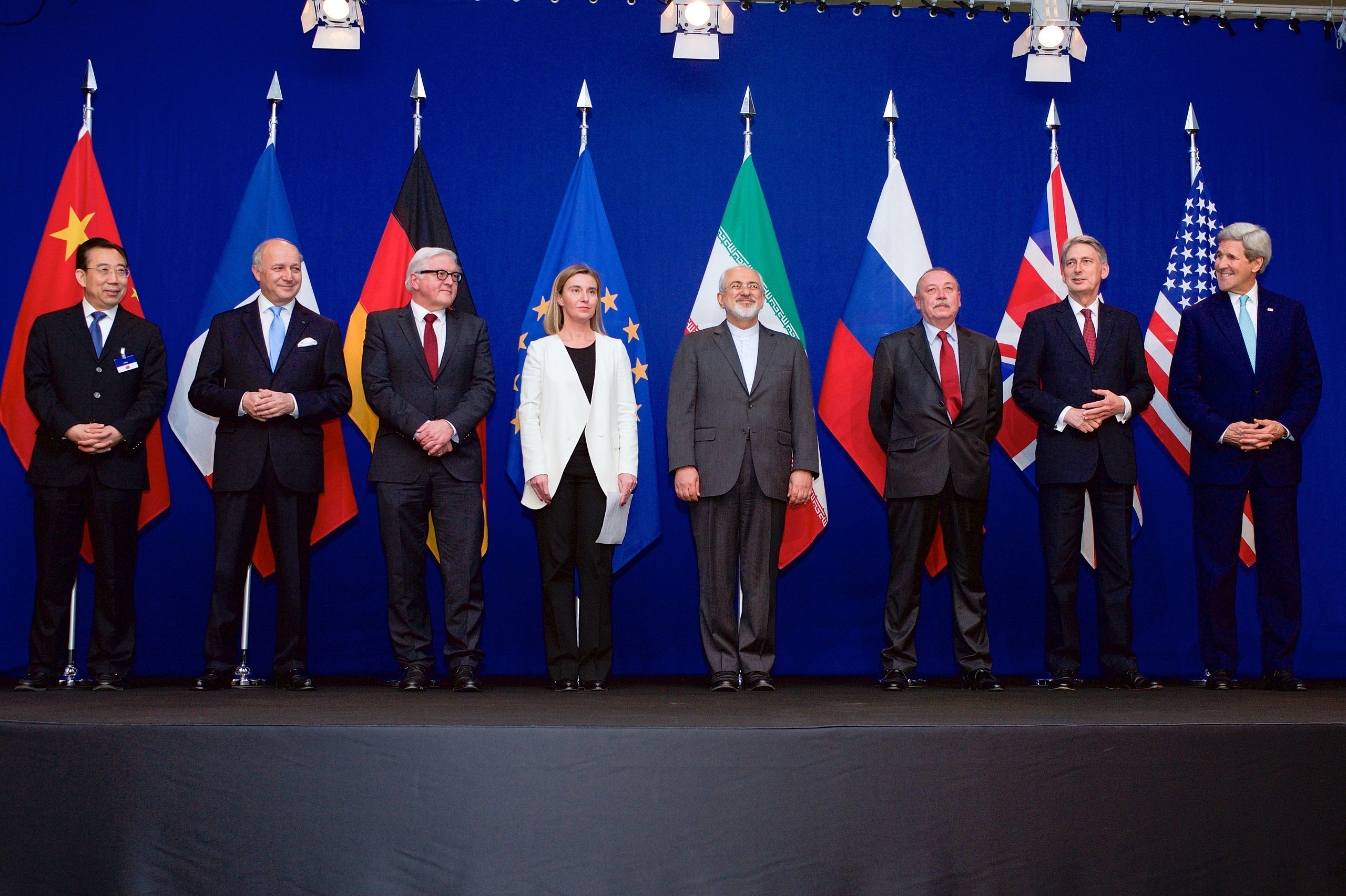
After months of gritty negotiation between representatives of the P5+1 (the United States, Great Britain, France, Germany, Russia, and China) and Iran, a deal to curb Iran’s nuclear research and development was finally announced on July 14. President Barack Obama and his administration heralded this deal, termed the Joint Comprehensive Plan of Action (JCPOA), as the first milestone in an agreement that moves toward a more peaceful, denuclearized Iran. Opponents of the deal, however, following the deal’s announcement and to this day apprehensively have considered the deal as a dangerous kowtow to a belligerent state, Iran, the world’s largest sponsor of terrorism.
The compromise struck between the P5+1 and Iran inevitably included concessions from both parties; such is the nature of negotiations. Perhaps the most contested feature of the deal is the phasing out of major restrictions on Iran’s nuclear development capabilities: the so-called “sunset provisions” that will gradually unshackle the country after ten to fifteen years. Critics complain that these sunset clauses put the US and its allies on the losing end of the agreement. However, in the big picture, the sunset provisions are a necessary evil whose risks will ultimately be outweighed by the security benefits of bringing Iran’s nuclear program into a formal international regulatory framework.
Architects of the deal contend that the provisions were necessary: they posit that Iranian hardliners would never have accepted permanent subservience to controls imposed by the West on their military and industrial power. Supporters also point out that the endgame that negotiators had in sight was not total debilitation of Iran’s nuclear program, but rather its evolution into one that is more stable and predictable to the point where Iran can be treated as a regular signatory of the Nuclear Non-Proliferation Treaty (NPT). If all goes according to plan, Iran will be subject to the international treaty’s full restrictions and monitoring. But regardless of whether sunset provisions were inevitable or not, how will they affect the state of Iran’s nuclear threat?
The termination of caps on uranium and plutonium enrichment levels and the lifting of restrictions on centrifuge capacity fifteen years from today would have perhaps the most potential to permit Iranian nuclear development. The total ban on plutonium collection and the limit on uranium enrichment to 5% (far below the breakout level of 20%) will end, as will the cap on centrifuges to one-third of Iran’s current supply. That will technically leave the Iranians with the freedom to enrich metals to the level they choose, in whatever quantity they choose. Once the formal limit is removed, they could justify speedy and large-scale enrichment by claiming civilian use for research reactors or medical isotope production. Unless the US and its allies can ensure their surveillance and intelligence agencies are capable enough to detect any move toward military use, the world could be in danger of an Iran covertly moving towards a nuclear weapon.
But would Iran have the capacity to pursue the production of nuclear weapons undetected? Likely not. To build a weapon, Iran would have to either quickly and clandestinely enrich uranium at existing facilities to bomb production level, or build secret enrichment facilities that avoid detection by US intelligence. Neither is realistically achievable. As the Center for New American Security points out, a mad dash at publicly known facilities toward high-level uranium enrichment would require mass centrifuge reconfiguration that would easily be detectable, as the IAEA will conduct regular monitoring even after the JCPOA sunsets as part of the deal to bring Iran into the NPT as a regular member. What this means, as Secretary John Kerry explained in a speech to Congress in early September, is that “Iran’s nuclear program will remain subject to regular inspections forever, will have to provide access to all of its nuclear facilities forever, and will have to respond promptly to requests for access to any suspicious site forever.” Iran could try a covert dash that requires the construction of entirely new nuclear facilities to go unnoticed. But it has tried and failed before with the Natanz and Fordow reactors, both of which were detected by Western intelligence agencies long before they became active. Ultimately, the monitoring that would remain in place by bringing Iran in line with the requirements of the NPT, in combination with intelligence conducted by the P5+1, would likely detect either weapons-grade uranium enrichment at an existing reactor or the building of a new one before Iran could take a significant step toward making a bomb.
Loosening the noose of sanctions on Iran and eventually shedding all restrictions on its nuclear program is definitely a dangerous prospect. But obligating Iran to behave by initiating its transition into the circle of law-abiding states non-nuclear states is probably the best bet for permanently reducing its nuclear threat.